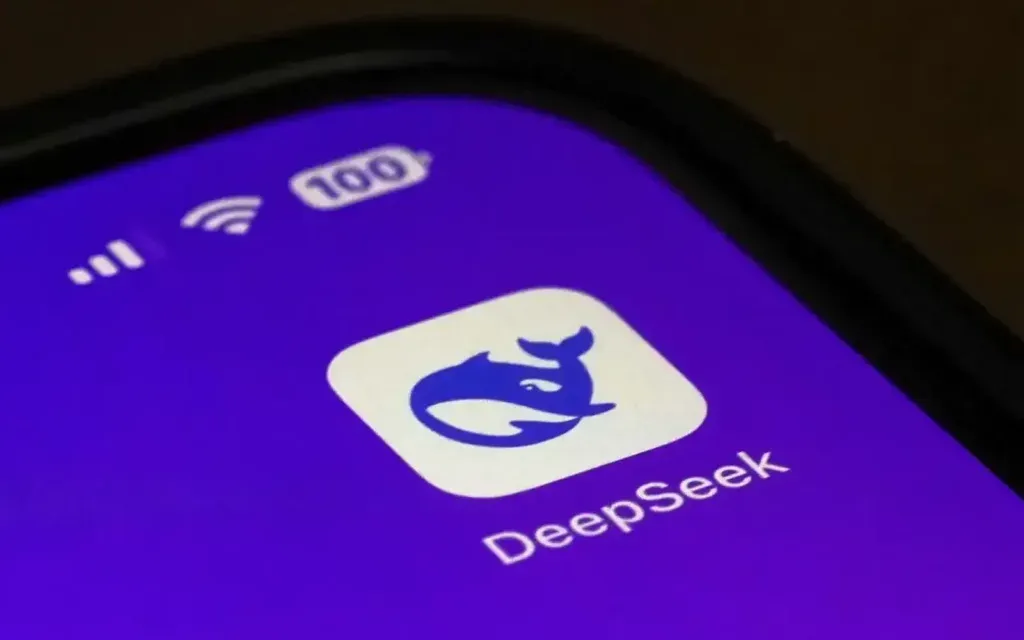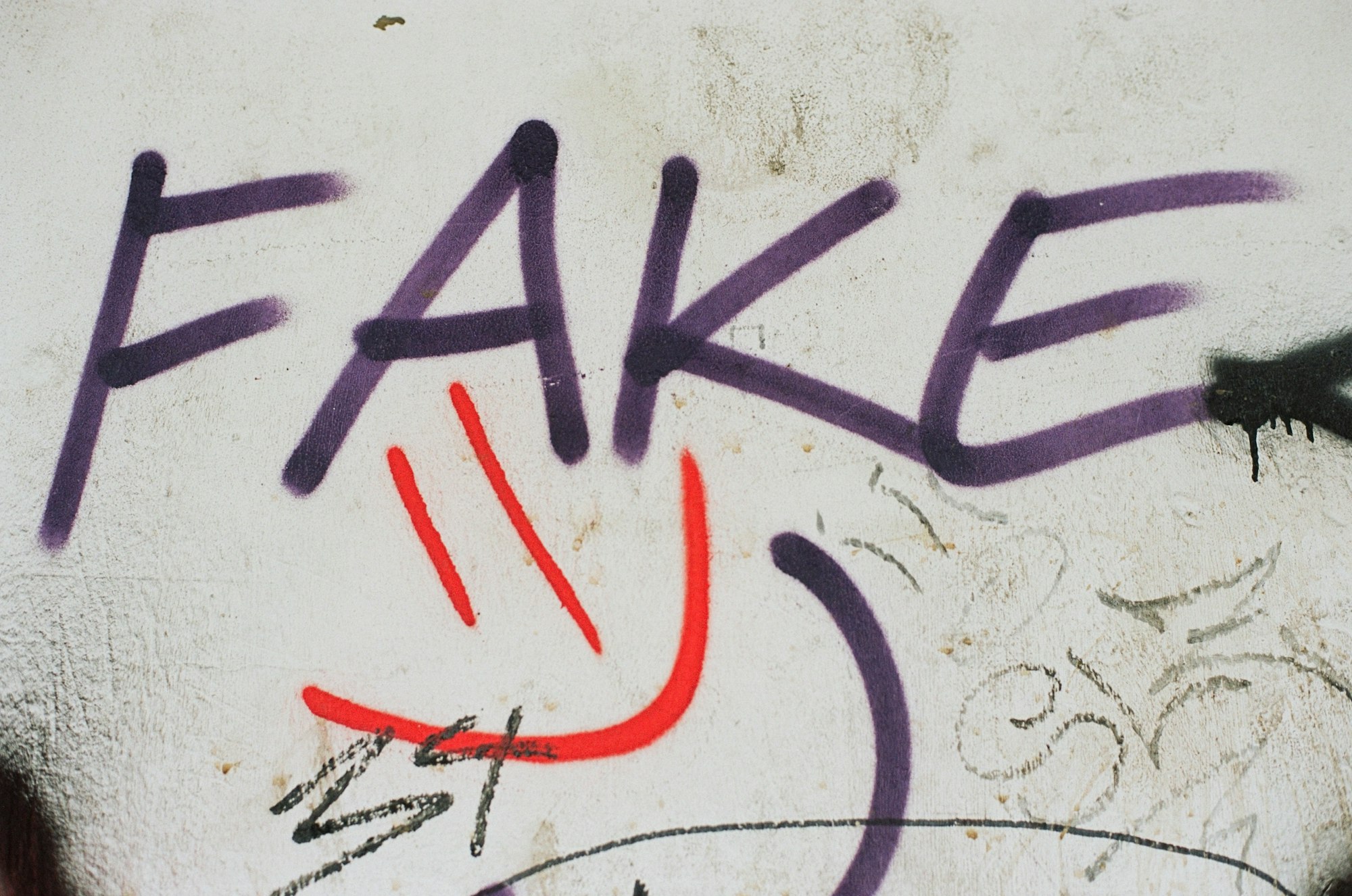Navigating the Deepfake Dilemma: Protecting Your Privacy in the AI Era

In our increasingly digital world, where personal lives and professional responsibilities often intertwine, the integrity of our digital identity is paramount. Yet, an escalating threat, the deepfake, is blurring the lines between what's real and what's fabricated, posing unprecedented challenges to our privacy and security. Drawing on advanced Artificial Intelligence (AI) and deep learning, particularly Generative Adversarial Networks (GANs), deepfake technology creates hyper-realistic audio and video forgeries that convincingly mimic individuals' voices and facial expressions. This evolution of social engineering transforms traditional deceptions into significantly more sophisticated and harder-to-detect attacks.
The Deepfake Threat to Your Personal Privacy
The rapid development and accessibility of deepfake software mean that anyone with a computer and internet connection can now alter digital content, making it incredibly challenging to discern authenticity. This has profound implications for personal privacy:
- Reputational Damage: Deepfake videos can be used to propagate false information about individuals, depicting them saying controversial statements or engaging in inappropriate behavior that never occurred. This can lead to significant personal and professional consequences, with considerable time often required to debunk these forgeries, during which substantial reputational harm can occur.
- Erosion of Trust: As synthetic media becomes increasingly indistinguishable from reality, public trust in digital communications is significantly declining. This means individuals may become more skeptical of all digital content, requiring additional verification steps for even legitimate communications. This "information pollution" can lead to a "crisis of confidence" in digital interactions, impacting e-commerce, remote work, and even digital government services.
- Synthetic Identity Deception: Beyond manipulating existing identities, attackers can create entirely convincing false personas with consistent visual and audio elements across multiple platforms. These "Frankenstein identities" combine stolen personal information with AI-generated elements to pass verification checks, making identity fraud significantly more sophisticated and harder to detect. This has already resulted in billions in losses for financial institutions, particularly in account opening and loan applications.
- Targeting Personal Spaces: The threat extends to personal safety. Executives and high-net-worth individuals, often working remotely or accessing corporate networks from home, find their home networks targeted by attackers seeking privileged access to corporate systems. The availability of detailed personal information on executives via sites like "Luigi was right" and "CEO Database" further aids hackers in acquiring sensitive data, including residential addresses, posing a direct physical threat.

Implications for Corporate Privacy (and You as an Individual Within It)
While seemingly corporate-focused, deepfake attacks within organizations directly impact employees. Attackers exploit the inherent trust employees place in leadership by using AI-generated audio and video to impersonate senior executives or trusted contacts. A notable instance involved fraudsters using AI-generated audio to mimic a CEO's voice, instructing a financial officer to transfer millions of dollars, which the employee did without hesitation due to the voice's realism. These sophisticated social engineering tactics can lead to the release of sensitive or confidential information, or cause individuals to take actions that compromise their company's data, which could indirectly affect their personal security or professional standing.

Safeguarding Your Digital Privacy in the Deepfake Era
Defending against these advanced, AI-driven threats requires a multi-faceted and proactive approach. Here are critical steps to enhance your digital privacy:
- Strengthen Authentication Procedures:
- Implement Multi-Factor Authentication (MFA): This adds crucial layers of security beyond just a password, significantly reducing the risk of unauthorized access. Properly implemented MFA can block the vast majority of automated account compromise attempts, even against sophisticated voice synthesis attacks. NIST recommends longer, easy-to-remember passphrases over complex, frequently changed passwords to enhance security while improving user experience.
- Verify High-Value Transactions: For any significant financial transfer or sensitive command, establish and follow out-of-band verification protocols. This means confirming the request through a different communication channel than where it originated, using contact information already on file, not provided by the requester. Attackers often create urgency to pressure victims into bypassing these crucial steps.
- Cultivate Awareness and Education:
- Continuous Training: Employees are often the "weakest link". Regular training is essential to help individuals identify deepfake risks, recognize unusual requests, and adhere to stringent authentication procedures. The most effective programs incorporate realistic examples specific to your industry, with hands-on exercises and regular updates as attack techniques evolve.
- Foster Healthy Skepticism: It is crucial to create a culture of mistrust regarding unexpected digital communications. Understand that modern AI systems can produce grammatically perfect, culturally appropriate messages that bypass traditional linguistic red flags.
- Leverage Technology and Process Improvements:
- AI Detection Tools: Invest in AI-driven detection methods that evaluate digital fingerprints and discrepancies in audio and video footage.
- Digital Signatures and Watermarking: Utilize these technologies for cryptographic verification of authentic communications, which can provide forensic evidence of tampering.
- Behavioral Analysis Systems: Implement systems that flag unusual patterns in communication or requests based on subtle linguistic and contextual anomalies, as well as factors like request timing, communication channel, and urgency.
- Minimize Data Collection: When implementing security measures, collect only the necessary data for authentication purposes and be transparent about its use. This reduces the risk associated with data breaches and builds trust.
- Plan for Incidents and Seek Expert Help:
- Incident Response Planning: Have a clearly defined plan for responding to AI-enhanced social engineering attacks, including internal escalation paths and external reporting to law enforcement. Rapid reporting can significantly increase the chances of recovering fraudulently transferred funds.
- Collaborate with Cybersecurity Professionals: Given the rapid evolution of AI-generated threats, working with cybersecurity companies specializing in deepfake detection can help execute security frameworks, offer real-time threat intelligence, and ensure you remain ahead of new threats.

In essence, safeguarding your privacy in the age of deepfakes requires a combination of technological foresight, robust internal processes, and a well-informed human element. By embracing these countermeasures, you can defend yourself and your organization against one of the most challenging cybersecurity issues of the digital era, ensuring your digital reality remains genuinely yours.










